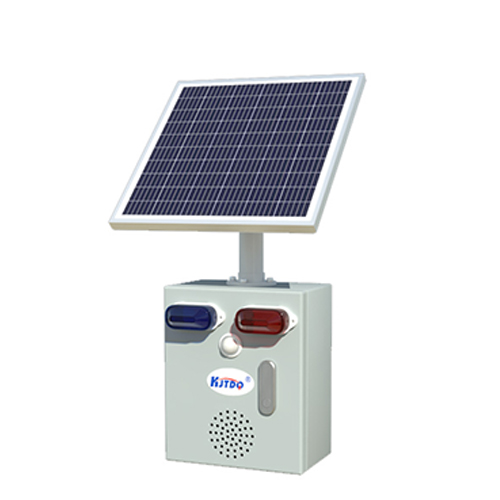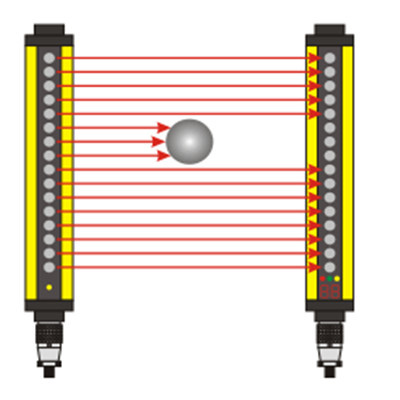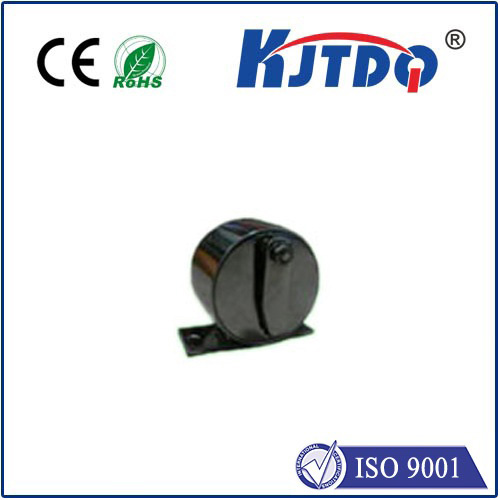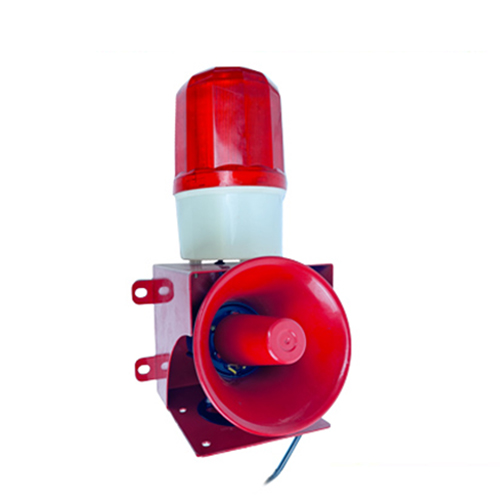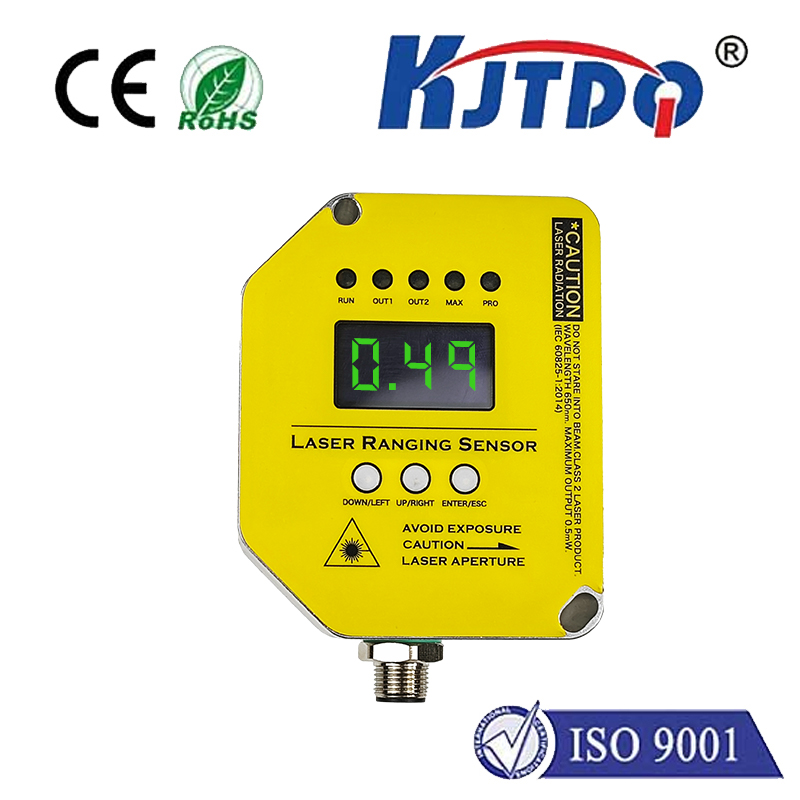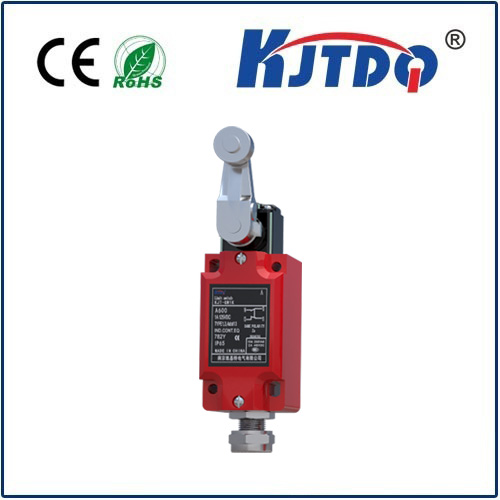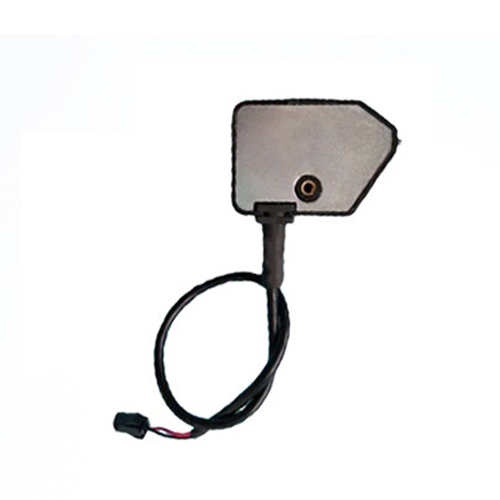vl53l0x lidar sensor
- time:2025-09-08 17:41:04
- Click:0
VL53L0X LiDAR Sensor: Achieving Pinpoint Accuracy in Miniature Size
Imagine needing to measure the distance to an object with laser-like precision, but your project demands something small, power-efficient, and easy to integrate. Traditional solutions might feel clunky or inaccurate. Enter the VL53L0X LiDAR sensor, a marvel of modern microelectronics that packs sophisticated time-of-flight (ToF) technology into a package barely larger than your fingernail. This tiny sensor from STMicroelectronics revolutionizes proximity sensing and distance measurement for countless applications, offering exceptional accuracy at close range while consuming minimal power. Whether you’re building a navigating robot, enhancing a device’s user interface, or adding collision avoidance, the VL53L0X provides a compelling, high-performance solution.
Demystifying the VL53L0X: Time-of-Flight in Action
Fundamentally, the VL53L0X is a short-range LiDAR sensor. Unlike traditional IR proximity sensors that rely on reflected light intensity (which can be fooled by object color or ambient light), the VL53L0X employs a direct time-of-flight principle. Here’s the elegant process:
- Laser Pulse Emission: An integrated, eye-safe 940nm VCSEL (Vertical Cavity Surface Emitting Laser) emits a precisely timed, invisible infrared laser pulse towards the target object.
- Photon Journey: The photons travel to the target object and bounce back towards the sensor.
- Sensitive Detection: A highly sensitive SPAD (Single-Photon Avalanche Diode) array acts as the receiver. These detectors are incredibly good at capturing individual photons.
- Timing is Everything: Sophisticated integrated circuitry measures the exact time difference (
Δt) between the emission of the laser pulse and the detection of its reflection by the SPAD array.
- Distance Calculation: Using the constant speed of light (
c ≈ 300,000 km/s), the distance (d) to the object is calculated with the simple formula: d = (c * Δt) / 2. The division by two accounts for the round-trip journey of the light pulse.
This direct measurement makes the VL53L0X fundamentally more robust and accurate than analog alternatives. External lighting conditions and varying object reflectivity have a far lesser impact on its readings, a key advantage in real-world environments.

Key Advantages and Specifications: Why Choose the VL53L0X?
The VL53L0X stands out in the crowded proximity sensor market due to a compelling combination of features:
- Exceptional Accuracy: It measures absolute distance with millimeter-level precision at typical ranges. This is vastly superior to simple IR sensors or ultrasonics for close-proximity tasks. Accuracy typically ranges from ±3% at the start of its range to around ±5% near its maximum.
- Compact Form Factor: Packaged in a tiny 4.4 x 2.4 x 1.0 mm module, it fits easily into space-constrained designs like mobile phones, drones, wearables, and compact robotics.
- Low Power Consumption: Engineered for efficiency, it consumes only ~20 mA during active ranging and drops to microamps in standby, making it ideal for battery-powered devices.
- Integrated Solution: Everything needed—laser driver, SPADs, timing circuitry, microcontroller, and calibration data—is contained within the single module. This simplifies design and reduces component count significantly.
- Wide Operating Range: Measures distances from effectively 0 mm (close proximity) up to approximately 2 meters (78 inches), with optimal performance often seen in the 10cm to 1m range. Its fast ranging speed (up to 50Hz) enables real-time detection and response.
- Simple Interface: Communication is achieved via a standard I²C interface, making integration straightforward with popular microcontrollers (Arduino, Raspberry Pi, ESP32, etc.) using readily available libraries.
- Robust Performance: Features ambient light rejection (up to 100k lux) and crosstalk immunity (mitigating interference from other nearby VL53L0X sensors) for reliable operation in diverse conditions.
Versatile Applications: Where the VL53L0X Shines
The unique blend of accuracy, size, and power efficiency opens doors to a vast array of applications:
- Robotics & Drones: Collision avoidance, gesture interfaces, landing detection height control, cliff detection, and object proximity for navigation. Its small size is perfect for micro-rover arms or drone landing legs.
- Consumer Electronics: Proximity sensing in smartphones and tablets (e.g., turning off the screen during calls), automatic activation of faucets or soap dispensers, touchless switches, and gesture recognition interfaces.
- Industrial Automation: Object detection on conveyor belts, liquid level sensing in tanks, roll diameter measurement, and triggering actions based on precise object positioning.
- User Interfaces: Creating responsive gesture controls for appliances, instruments, or kiosks without physical contact.
- Security Systems: Tamper detection (detecting objects near sensors), simple intruder proximity detection applications.
- Creative Projects & Prototyping: Enhancing DIY projects with precise distance data for interactive art, automated systems, or maker robots. Its ease of use with platforms like Arduino makes it a favorite.
Implementing the VL53L0X: Key Considerations
While remarkably accessible, effective integration requires attention to a few details:
- Optics Alignment: The sensor has a specific field of view (FoV). Ensure the target object lies within this cone for accurate readings; mounting and alignment are crucial.
- Object Properties: While less sensitive than analog sensors, extremely dark (low reflectance) surfaces or complex geometries might still pose challenges at the limits of range.
- Ambient Light: While designed for rejection, extremely strong, direct sunlight hitting the sensor aperture can potentially interfere. Placement can mitigate this.
- Multiple Sensors: Using several VL53L0X sensors close together requires enabling XVSHUT/XSHUT functionality or careful physical placement/optical barriers to manage crosstalk. Software libraries often include routines for multi-sensor operation. Calibration at the desired operating voltage and temperature is recommended for best absolute accuracy.
- Library Reliance: Utilizing the official ST API or well-maintained community libraries (e.g., Pololu, Adafruit) is essential for accessing all features and managing complexities like calibration.
Beyond the Basics: Pushing Capabilities
The VL53L0X offers more than just single-point distance measurement. Its **varying







